Moravian Soundscapes
https://doi.org/10.33009/moraviansoundscapes_music_fsu
Moravian Soundscapes: A Sonic History of the Moravian Missions in Early Pennsylvania features a companion website. Readers are encouraged to visit the website to view interactive and static maps, archival materials, and pictures, and to listen to sound samples that illustrate the content of the book. Icons located throughout the book indicate online content  . For assistance in navigating the website and determining the location of the online content, please see the following List of Audiovisual Materials. To learn more about navigating the interactive maps, please see the online user guide. More information about this project can be found at the About This Project section of the website.
. For assistance in navigating the website and determining the location of the online content, please see the following List of Audiovisual Materials. To learn more about navigating the interactive maps, please see the online user guide. More information about this project can be found at the About This Project section of the website.
The initial maps and sound examples for this book were created by Sarah Eyerly, Mark Sciuchetti, and Andy Nathan using ArcGIS 10.3 and ArcGIS Online, courtesy of the Florida State University, and Logic Studio. Over time, we will update the content of the website in response to new technologies and new modes of presentation. We would like to express our thanks to the American Council of Learned Societies, the American Musicological Society, the Society for American Music, the Council for Research and Creativity at FSU, and the Lucille P. and Elbert B. Shelfer Professorship in Music for funding the first stage of the development and production of the recordings, maps, and website.
List of Audiovisual Materials
https://doi.org/10.33009/moraviansoundscapes_music_fsu
Introduction: Sounding New Histories of the Moravian Missions
1.Timeline: Moravian Missions in North America, 17401794
2.Static Map: The Moravian Atlantic
3.Map Collection: Mapping Pennsylvania
4.Picture Collection: Modern-Day Pictures
5.Interactive Sound Map: Moravian Soundscapes
Chapter 1: Penns Woods
1.Static Map: Early Moravian Missions in Pennsylvania and Ohio
2.Interactive Map: The Pennsylvania Frontier
3.Interactive Sound Map: The Great Shamokin Path
4.Timeline: Zinzendorfs Pennsylvania Journey
5.Interactive Sound Map: Zinzendorfs Journey to Shamokin and Wyoming
Chapter 2: Friends & Strangers
1.Interactive Sound Map: Bethlehem in 1758
2.Interactive and Static Maps: Sound Boundaries of Bethlehem
Chapter 3: Sound & Spirit
1.Sound Recordings: Mohican-Moravian Singstunde
2.Soundscape Recording: Gnadenhtten, Pennsylvania
3.Interactive Map: Spiritual Singing in Bethlehem
Chapter 4: 1782
1.Interactive Map: The Pennsylvania Frontier
2.Interactive Sound Map: Journeys of the Native Gemeine, 17631772
3.Interactive Map: The Journey of the Native Gemeine from Friedenshtten II to Friedenstadt
4.Static Map: The Ohio Country, 1782
5.Historic Document and Map Collection: Ohio
B OOKS ARE JOURNEYS. THEIR NARRATIVE MAPS HAVE THE potential to transport us to new places and perspectives. Sometimes, they allow us to slip deftly between the past, present, and future, the unexpected or the familiar. They can disappoint or delight. Regardless, these are journeys we undertake in fellowship with other travelersour readers, our research subjects, our families and friends, our professional colleagues and students, and the institutions and organizations that support our work. In writing this book, I have come to value the act of journeying and the transhistorical, storytelling work of history. I have come to appreciate that our work as historians is informed by how we understand and honor the relationships that bind us together in the past and the present. These are networks as wide as the Atlantic and as intimate as home. So, it is with great pleasure that I thank my fellow travelers. I am grateful to have undertaken this journey with you.
To my father, Raymond Eyerly, and my mother, Mary Ann Erickson Eyerly. It was your passion for Pennsylvanias history, environment, and people that inspired this book.
To my husband, Andy Nathan, and my children, Jesse and Ian. You have patiently endured this long journey with love and devotion. Thank you.
To my wonderful research assistants at the Florida State University: Mark Sciuchetti, Miranda Penley, Rebekah Franklin, Laura Clapper, Rachel Bani, Alexandra Taggart, and Joseph Cramer. The countless hours you have contributed to this project have enriched it beyond what I could have ever hoped to achieve alone. And to the many students at FSU who have shared their ideas and creativityI owe you a debt of gratitude.
To my research collaborator, Rachel Wheeler. Thank you for sharing the experiences of motherhood and academic life, and for a friendship that carries far beyond our shared interest in the history of the Moravian missions.
To my musicology colleagues at FSU: Valerie Arsenault, Michael Bakan, Charlie Brewer, Michael Broyles, Laura Gayle Green, Frank Gunderson, Margaret Jackson, Panayotis League, Eduardo Lopez-Dabdoub, Douglass Seaton, and Denise Von Glahn. You are an inspiring and extraordinary community of scholars and I am grateful to have undertaken this journey in your company. To Debbie Whitaker, whose wise council helped me through the darkest of times. Thank you for believing that I could finish this book. And many thanks to Dean Patricia Flowers of the FSU College of Music for her unwavering support of my scholarship.
To the many scholars and archivists who have assisted with this project: Paul Peucker and Thomas McCullough of the Moravian Archives in Bethlehem; Nola Reed Knouse, Gwyneth Michel, and David Blum of the Moravian Music Foundation in Bethlehem and Winston-Salem; Charlene Donchez Mowers, Tavia Minnich, and Philip Trabel of the Historic Bethlehem Partnership; Olaf Nippe and Claudia Mai of the Unity Archives of the Moravian Church in Herrnhut, Germany; Kaitlyn Pettengill of the Historical Society of Pennsylvania; Aaron McWilliams of the Pennsylvania Historical and Museum Commission and the Pennsylvania State Archives; and Janet Johnson, Curator of Archaeology at the State Museum of Pennsylvania, I am extraordinarily grateful to all of you for your assistance. To Katie Faull, Patrick Erben, Paul Peucker, Olivia Bloechl, John Corrigan, David Bodenhamer, and Rachel Wheeler. Your generosity of intellect and time have shaped this book in many unexpected and beautiful ways.
To my wonderful editorial team at the Indiana University Press: series editors Denise Von Glahn and Sabine Feisst, acquisition editors Janice Frisch and Allison Chaplin, executive director Gary Dunham, project managers Darja Malcolm-Clarke and Carol McGillivray, copyeditor Ann Aubrey Hanson, indexer Kathy Bennett, and marketing and publicity manager Rachel Rosolina, thank you for believing in this project and shepherding it toward publication. And to the Presss anonymous reviewers, thank you for generously donating your time to this project, and for providing careful readings and thoughtful critiques that helped to strengthen the manuscript.
To the institutions and organizations who tangibly supported the development of the book and website. This project would not have been possible without generous funding from the American Council of Learned Societies (Collaborative Research Fellowship), the Society for American Music (Sight & Sound Subvention, H. Earle Johnson Publication Subvention), the American Musicological Society (publication subventions from the AMS 75 Publication Awards for Younger Scholars Fund, supported in part by the National Endowment for the Humanities and the Andrew W. Mellon Foundation), the Council for Research and Creativity at FSU (First Year Assistant Professor Award, Planning Grant), and the Lucille P. and Elbert B. Shelfer Professorship in Music.
Next page
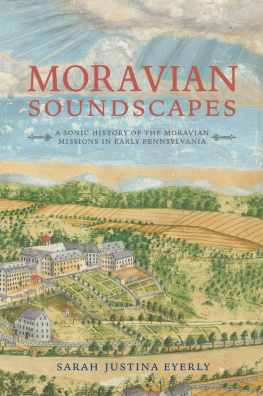


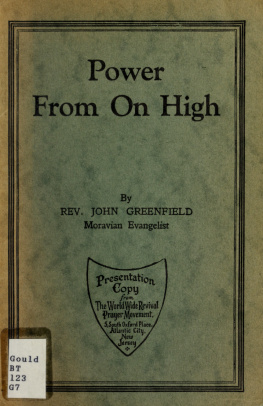
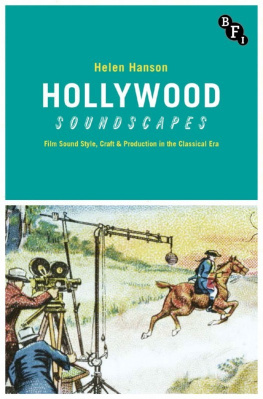
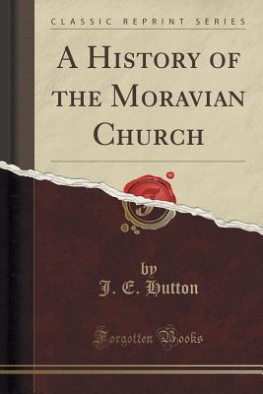
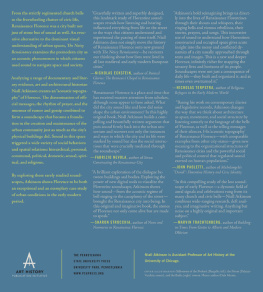
 . For assistance in navigating the website and determining the location of the online content, please see the following List of Audiovisual Materials. To learn more about navigating the interactive maps, please see the online user guide. More information about this project can be found at the About This Project section of the website.
. For assistance in navigating the website and determining the location of the online content, please see the following List of Audiovisual Materials. To learn more about navigating the interactive maps, please see the online user guide. More information about this project can be found at the About This Project section of the website.